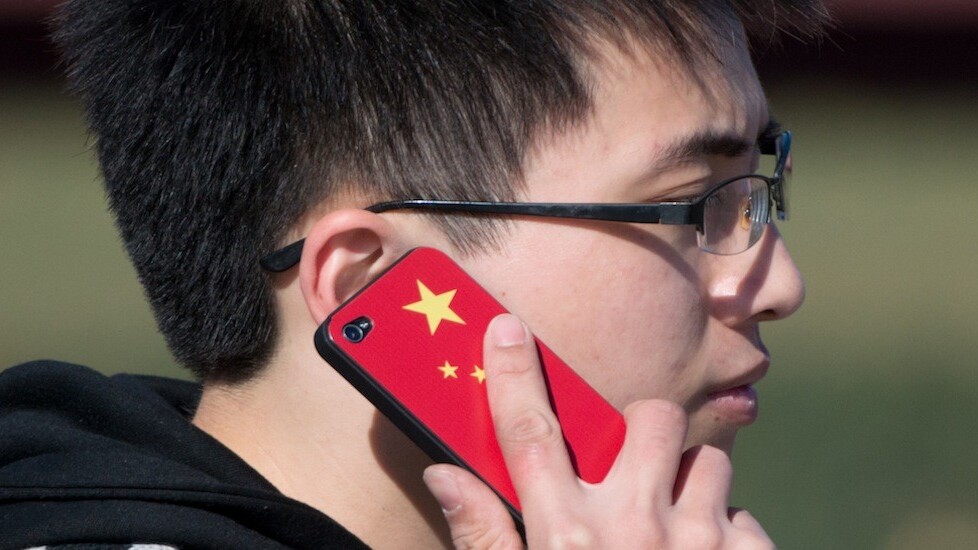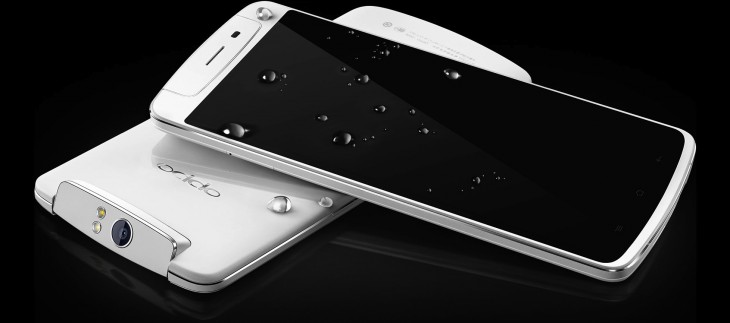
Made in China — what impression does that give you?
If the first thought that comes into your mind is a negative one, you’re probably not alone. “Made in China” is a stigma that comes along with a historical lack of quality control by manufacturers, which have made consumers lose trust in pretty much anything made in the country.
After all, who could ever forget the 2008 Chinese milk scandal — in which melamine was added to milk and infant formula — resulting in an estimated 300,000 victims?
This stigma has trickled down to smartphones, and even applies to rising Chinese smartphone manufacturer Xiaomi. Even though Xiaomi has raised its profile worldwide recently by showing people from all over the world exactly how popular it is in the world’s largest smartphone market, in the several pieces we have written about the company, inevitably a comment or two will contain some derision over the fact that it is “made in China”.

This is likely why Xiaomi is so insistent on releasing its smartphones in batches as that gives them more control over any quality issues. Although Xiaomi’s decision to do so has led to a whole load of criticism over creating artificial demand and short supply, the company hasn’t given up on its way of doing things.
Jenny Lee, a partner at venture capital firm GGV Capital which has a presence in both the US and China, recently told TNW that it will take plenty of time for low-quality products to get weeded out from the market, and for Chinese products to lose the stigma attached to them currently.
Another Chinese smartphone brand could be on its way
Is 2013 the year that smartphone manufacturers are taking big strides in shedding the “made in China” stigma?
Chinese handset maker Oppo may be best-placed to answer that — or rather Oppo’s vice-president Pete Lau, who announced on Twitter-like microblogging platform Sina Weibo that he is resigning from Oppo, amid rumors (reported by Sina Tech) that he is planning to set up another smartphone brand that will likely be launched early next year.
By selecting this particular time to launch an entirely new Chinese smartphone brand hints at the fact that Chinese device manufacturers are much more confident in creating products that consumers can trust in. In other words, the road has been well-paved.
Oppo was founded in 2004 as an electronics manufacturer, but this year, it has rolled out smartphones in quick succession that have top-of-the-line specs worth boasting about. We noted that the Find 5, unveiled late last year, was one of the most well-built phones we’ve seen come out of China. In September, Oppo took the wraps off N1, its latest flagship smartphone with a camera constructed from 67 different components, which it claims is the first to feature a six-piece lens design in an Android smartphone.
On his Weibo, Lau says that he recently met Cyanogen co-founder and CTO Steve Kondik to discuss the future of the third-party Android replacement firmware. Last week, Kondik said in a Google+ update that the meeting with Lau was to discuss their “vision for a phone that would fuse truly amazing software with the highest quality hardware available” — and that they are setting out to create that product.
CyanogenMod was created by Steve “Cyanogen” Kondik, providing Android handset owners with customized third-party Android software that is designed to increase performance and reliability over official releases by Google and mobile operators around the world.
The community has often helped Android smartphone owners install newer updates on their phones when operators have been reluctant to deliver updates, offering a barebones build of the software but delivering more powerful tweaks.
If a new phone from China successfully manages to marry this software with high-quality hardware, it could seriously be a game-changer and may be a great stride forward in erasing the “made in China” stigma.
Chinese smartphone brands making strides worldwide
Other than Xiaomi and Oppo which have worked hard at trying to reverse the negative “made in China” mindset among consumers, other smartphone manufacturers worth looking out for are Huawei, Lenovo, Coolpad and Meizu.
Analyst firm Canalys recorded that over a quarter of a billion smartphones shipped in Q3 2013, a 44 percent year-over-year increase. Samsung and Apple managed to maintain their positions for smartphone shipments in Q3 2013, with market shares of 34 percent and 15 percent, respectively — but what’s more interesting is that Huawei, Lenovo and LG rounded out the top five.
Some may argue that this is because China is the world’s largest smartphone market and it is therefore not very accurate to determine that Chinese smartphone brands are being increasingly viewed as less unreliable purchases — considering that native consumers will probably veer towards domestic brands.
However, even the Chinese themselves can be picky buyers of smartphones — Apple has been doing well as it turned things around in China in Q4 FY2013. For the Chinese to accept homegrown brands is as good an indicator as any that perhaps the “made in China” stigma is slowly being eased — and there is much to watch out for in terms of new Chinese-made smartphones in the coming year.
Headline image via Ed Jones/AFP/Getty Images, images via Xiaomi, Oppo and Getty Images
Get the TNW newsletter
Get the most important tech news in your inbox each week.






